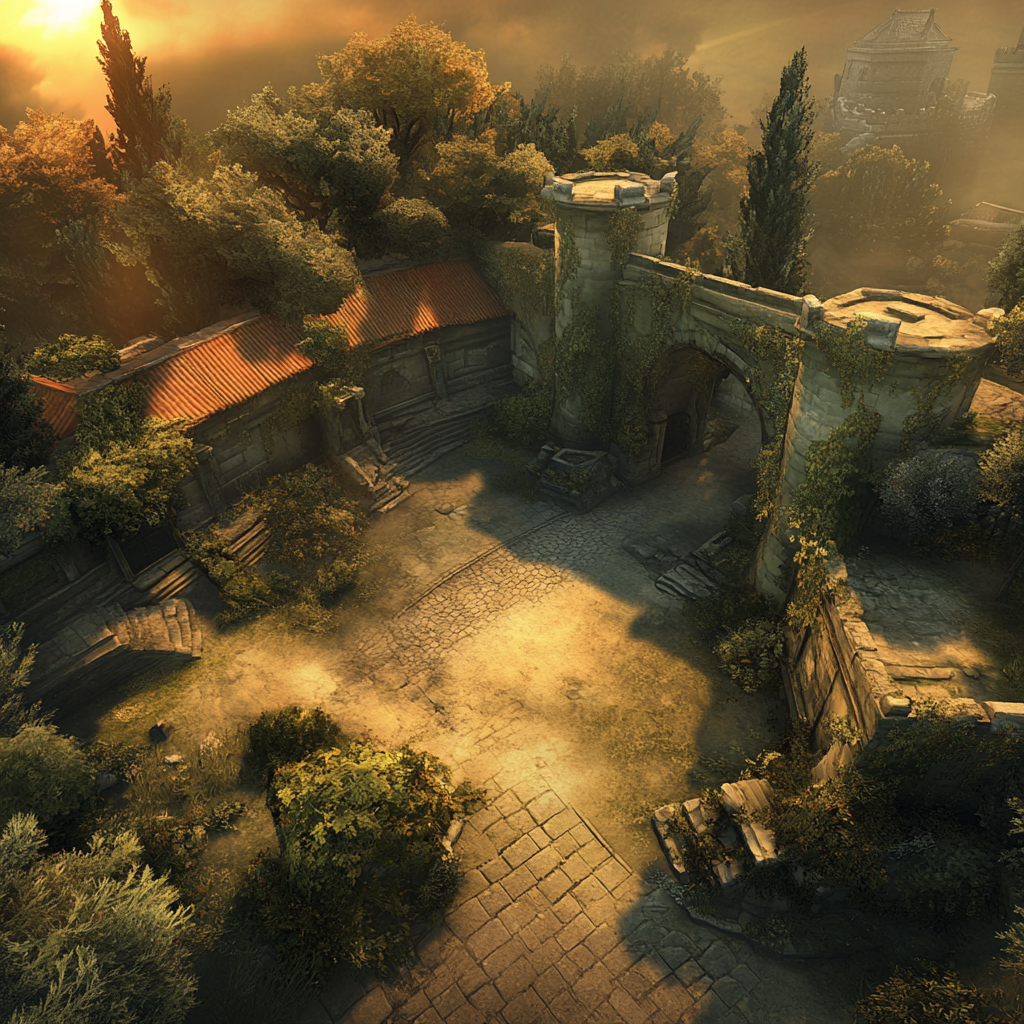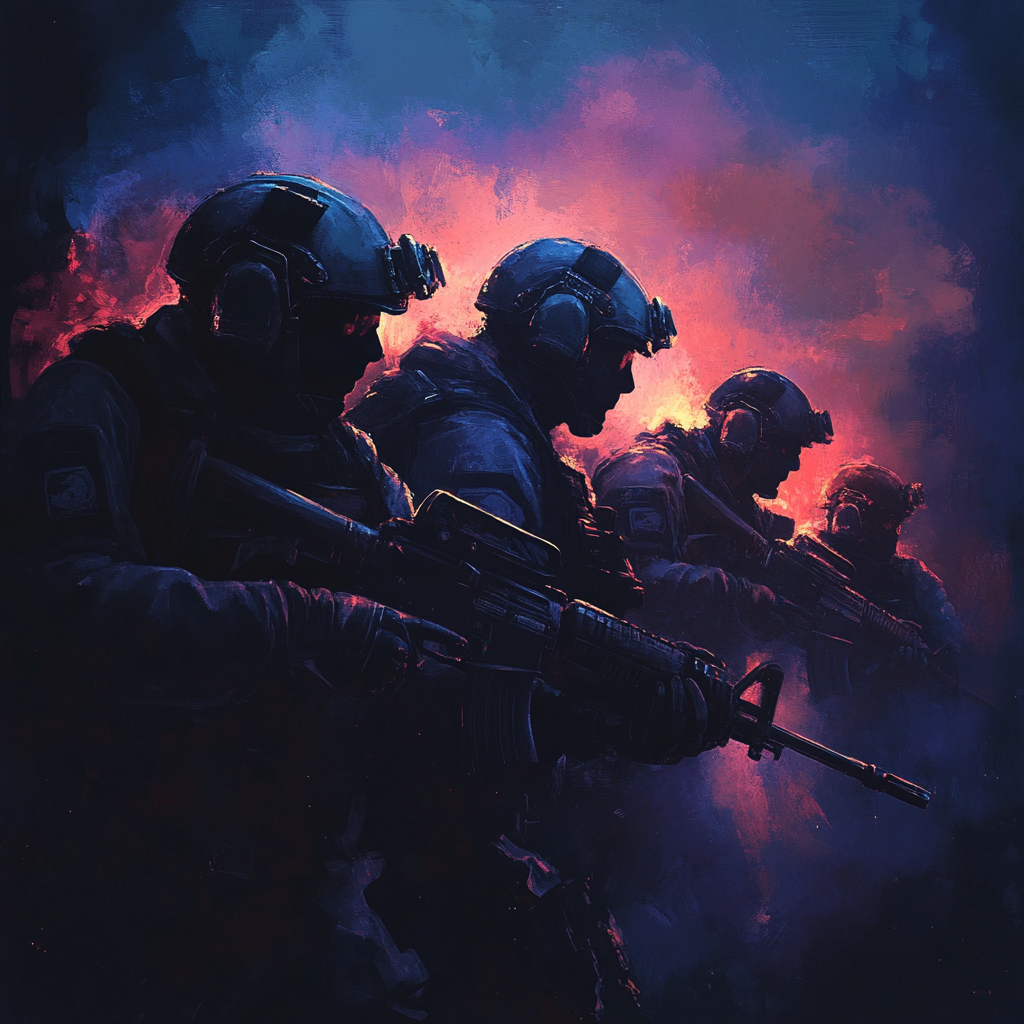Understanding and predicting enemy movement is what separates average players from elite CS2 competitors. In this guide, we’ll explore how to read your opponents like a book using a combination of map knowledge, psychology, and timing.
📍 Map Awareness is Key
Mastering maps means knowing not just the layout but the common player behaviors on each bombsite, choke point, and rotation path. Study default plays, fast rush timings, and common lurk routes.
| Map | Common Tactics | Enemy Behavior |
|---|---|---|
| Mirage | Mid control, B short pushes | Fake A into B, fast catwalks |
| Inferno | Banana aggression, apps control | Slow A split, B executes after pressure |
| Overpass | Connector presence, long control | Mid-round toilets push or B collapse |
👂 Sound is a Game-Changer
Footsteps, grenade throws, and reloads reveal everything. Use sound cues to locate players and predict rotations. Train your ears in 1v1s or deathmatch with audio focus.
🧭 Predict Timing Based on Strategy
- Early round? Expect rushes or control attempts.
- Mid-round? Listen for silence—it could be a fake or a rotation.
- Late round? Bomb timer pressure reveals common site hits.
📋 Think Like Your Opponent
Anticipate the enemy’s fear and logic. If they were flanked last round, they may stack the site. If they had success at B, they may repeat until countered. Reading movement means understanding their mindset.
🎯 Common Mistakes to Avoid
- Over-rotating without full info
- Ignoring mid-map control areas
- Not using radar or audio to confirm suspicions
💡 Practice Scenarios
Use demo reviews and play with minimal UI to force awareness. Play wingman or 2v2 to sharpen your positional reading. Train yourself to process every footstep, flash, and kill feed message.
Mastering enemy movement isn’t just mechanical—it’s psychological. Learn patterns, break them down, and stay one step ahead every round.



